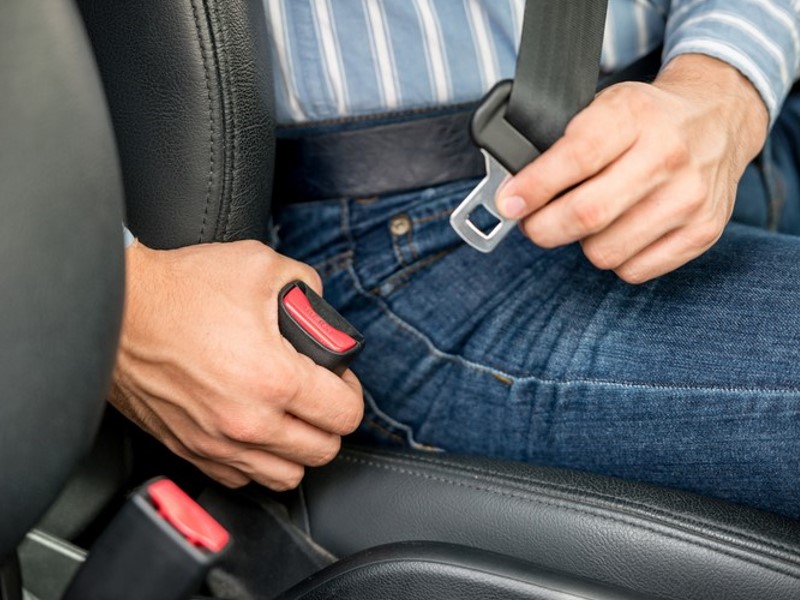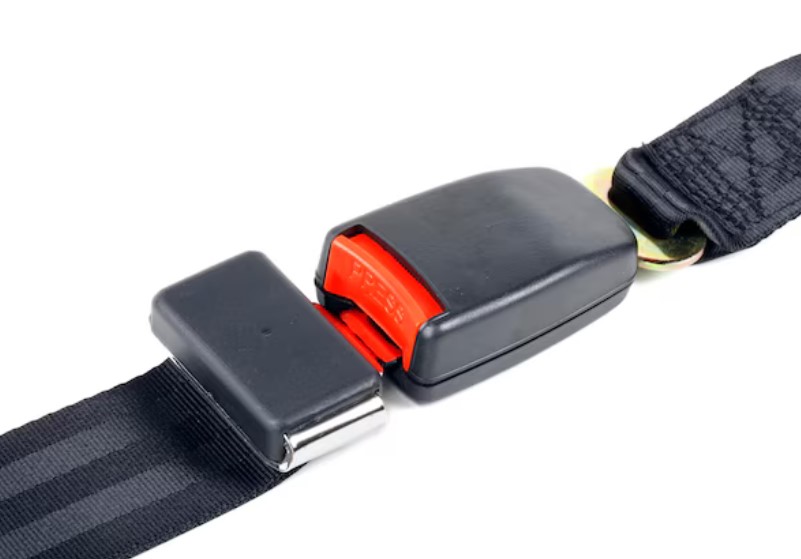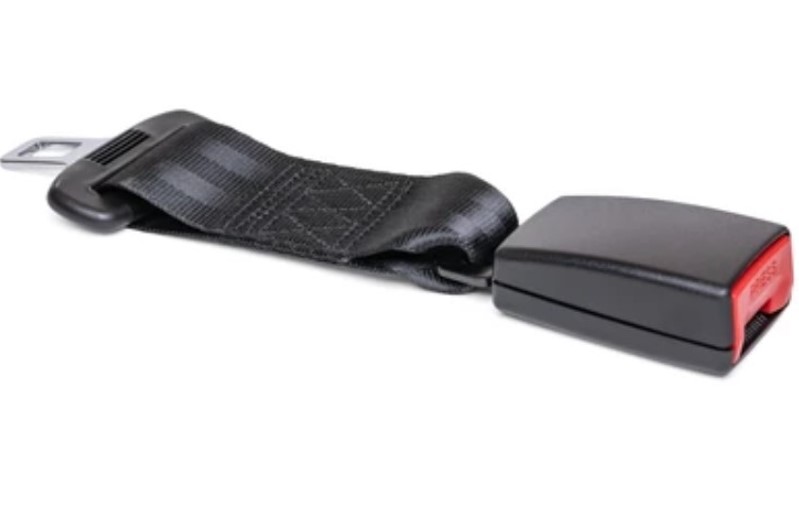
The Truth about Car Seatbelt Extender
A car seatbelt extender is an accessory designed to make room for obese and large build adults who might have a hard time securing and fastening their car safety belts. Since traditional seatbelts might not always accommodate larger people, seatbelt extenders are intended to add extra length while snugly clipping in between the female and male ends of standard belt setups.
However, the past several years have seen seatbelt extenders becoming the subject of controversy and debate since they are also advertised to make it easier to use booster seats and child car seats. Unfortunately, some extenders failed, thus causing serious injuries or worse, even death.
This article tackles the truth about these seatbelt extenders and whether or not they are safe to use in the first place.
Table of Contents
Purpose and Function of a Car Seatbelt Extender
Seatbelts are among the most critical safety accessories in modern vehicles. Although modern cars are already filled to the brim with a long list of safety features, you can count on your seatbelt to stay safely in your seat when untoward incidents happen. But what if using a regular seatbelt is not possible?
Seatbelt extenders are available in different sizes. Just take note, however, that these sizes apply to the length that the standard setup can be extended to. The extenders can be either rigid or flexible in construction.

The original concept behind seatbelt extenders was to make things easier for adults who can’t use traditional seatbelts so they can still enjoy their safety benefits. These extenders have been used in both cars and airplanes for many years.
But during the 2010s, car makers started to produce rear-seat seatbelt buckles that are flushed with the seat. While these are less cumbersome and more stylish for passengers in the backseat, they also brought about challenges in installing child car seats safely.
This also meant that older children in booster seats wouldn’t be able to reach the buckle to learn to fasten and unfasten their seatbelts on their own. A car seatbelt extender is a great solution that secures seats and gives older children the independence to buckle themselves in and out.
While there are many cases questioning the safety of seatbelt extenders, the issue is not about the extenders themselves but how they are being used in the first place.
Safety of Car Seatbelt Extenders
The debate about the safety of seatbelt extenders lies more in whether they are used properly instead of whether the extender itself can perform the function it is intended for. As long as they are used as intended, which is for obese or larger adults who can’t fit into a seat with regular seatbelts, these accessories can meet the necessary safety standards.

Seatbelt extenders are also perfectly safe to use for such adults in car seats in several applications. The first is for car seats that already feature factory-fitted seatbelts that adhere to existing standards. These extenders should also be used only by adults with larger body sizes, and those who are obese or have disabilities or limited mobility that regular-length seatbelts can’t accommodate. Extenders should also be used only if they are original products by reputable manufacturers that follow all the federal regulations and standards that declare their safe usage.
Why and When It’s Risky to Use Seatbelt Extenders
There are lots of reasons why seatbelt extenders can be risky when used improperly. Once these extenders fail, the passengers will be exposed to the forces and impact of the accident.
The compatibility of the seatbelt extenders can be the main concern here. What works in a certain vehicle might not work in a different one even if it clicks when you try buckling it together. Thus, it is strongly advised to use seatbelt extenders from the same manufacturer.
The seatbelt extender can also change the functions of the seatbelt mechanism because of its placement on the body. The proper fit is across the shoulder, over the chest, and across the lap with the buckle lying low at the side. Poorly fitted extenders and seatbelts won’t offer proper protection, which can make the person pull free from the seat during an accident.
It is not safe to use seatbelt extenders for the following groups of people:
Adults without Valid Need for Seatbelt Extenders
Unless your seatbelt needs extra length, you should never use an extender in the first place. Seatbelts must snugly sit against the chest area once buckled in with the buckle at the side. The buckle must not be across the lap. If a regular seatbelt already fits properly or the extender places the buckle on the thighs or over the lap, it only means that the seatbelt is already too big.
Booster Seats or Child Car Seats
Seatbelt extenders are never ideal for booster seats or other types of child car seats whether they are meant to make it easier to install the car seat or let your child operate the buckle on their own. A car seatbelt extender must never be used with regular seatbelts for teenagers or children at all.
The only possible acceptable reason for using a seatbelt extender with child car seats is the unlikely chance that the seatbelt of your car is too short to make room for the proper installation of the child’s seat. It is strongly advised against the use of extenders in any case. Instead, you might want to look for an alternative position in the vehicle or look for a more fitting car seat.
For Pregnant Women
Extenders must also be avoided at all costs unless the pregnant woman in question can’t use a regular seatbelt, something which is very rare.
The Bottom Line
A seatbelt extender is perfectly safe if used properly and matched to the vehicle in use. These extenders are only recommended for adults who can’t fit in regular seatbelts and should never be used for convenience alone to make it easier for children to buckle in.
If you feel that you need a car seatbelt extender, see to it that you get one that is compatible with your car. Instead, try getting a brand or manufacturer-specific extender that you’re sure has undergone testing for your vehicle.




